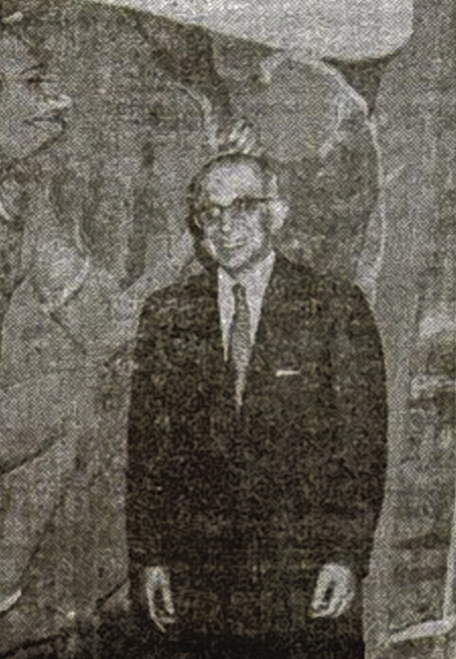
Nieman Eisman: The Unsung Maestro of Sideshow Banner Art


In the golden age of American carnivals, one artist painted the pulse of public spectacle better than most. Nieman Eisman (active c. 1910–1956) was a Chicago‑based sideshow banner painter whose electrifying canvases brought the ballyhoo of the midway to vivid life. While names like Fred Johnson and Snap Wyatt often steal the spotlight, Eisman helped shape the look and feel of the era’s visual culture—and did so with a uniquely flamboyant brushstroke.
🎪 From the Big Tent to the Banner Shop
Eisman began his journey in commercial art around 1910, learning the craft under Sigmund Bock before developing his own signature style worthpoint.com+5facebook.com+5sideshowbanner.com+5. Over his more than 45-year career, he painted larger-than-life banners promoting circus oddities and flashy acts, earning respect among his peers.
Brushstrokes of Old‑World Flair
Eisman’s work stood out for its organic richness and illustrative depth—features that linked him more closely to older European-style painters than to his contemporaries. His banners often featured realistic animal studies and intricate figure work, hinting at influences from classical art books—perhaps inspired by Brehm’s “Life of Animals”—rather than the bolder, more graphic styles of his 20th-century peers sideshowbanner.com.
This approach gave his posters a timeless charm. While later banner artists opted for streamlined advertising impact, Eisman delivered images layered with detail and a sense of storytelling.
Signature Flair & Community Branches
Choosing to sign his work simply as “Nieman,” Eisman cultivated a distinct identity. His banners weren’t just commercial tools—they were artworks infused with personality. Alongside his artistic contribution, he was active in the Showmen’s League of America in Chicago, often contributing to Red Cross initiatives artsy.net+9sideshowbanner.com+9facebook.com+9.
Legacy in Canvas & Memory
Eisman passed away in March 1956 from a heart ailment, reportedly after the death of his brother—an event that occurred less than seven hours apart sideshowbanner.com. He was survived by his wife, Lillian, and sons Herbert and Stuart.
Today, his banners are rare collector’s treasures. Many survive only in fragments—peeling paint, weathered edges, ghosted faces—but their spirit endures. The vivid “Champion Sword Swallower” variant, originally thought ephemeral, now sells at auction and is recognized as Eisman’s handiwork sideshowbanner.comfacebook.com+3amusingthezillion.com+3sideshowbanner.com+3.
Why Nieman Eisman Still Matters
- A stylistic bridge: He combined old-world illustrative finesse with mid-century visuals, bridging two aesthetic traditions.
- Historical preservation: His banners captured the cultural buzz of mid-century entertainment—one brushstroke at a time.
- Trademark simplicity: Just “Nieman”—a testament to the confidence and clarity he stamped on his art.
Spotlight: Two Eisman Masterpieces
- “Champion Sword Swallower” Banner – A bold sideshow centerpiece, capturing neon-lit suspense and danger sideshowbanner.comartsy.net+2amusingthezillion.com+2sideshowbanner.com+2.
- “Torture‑Proof Man” Banner – A dramatic, visceral image of extraordinary human feats, combining daring showmanship with painterly detail (featured above).
Keeping the Colors Alive
For antique carnival art aficionados, Nieman Eisman remains a key figure. Guides like Painters of the Peculiar continue to highlight and attribute his work, preserving his legacy for future generations artsy.netsideshowbanner.com+1amusingthezillion.com+1.
Through auctions, restorations, and enthusiastic scholarship, Eisman’s banners—though faded—still shout with the same excitement and wonder they once begged audiences to “Step Right Up!”
🎨 Closing Thoughts
Nieman Eisman may not be a household name, but within the world of sideshow art, he’s a legend. His banners transcend mere advertising; they are windows into the spectacle, risk-taking, and theatricality of an era gone by. In acknowledging Eisman’s craft, we hold on to the vibrant core of carnival magic—and the painter who painted its heartbeat.

